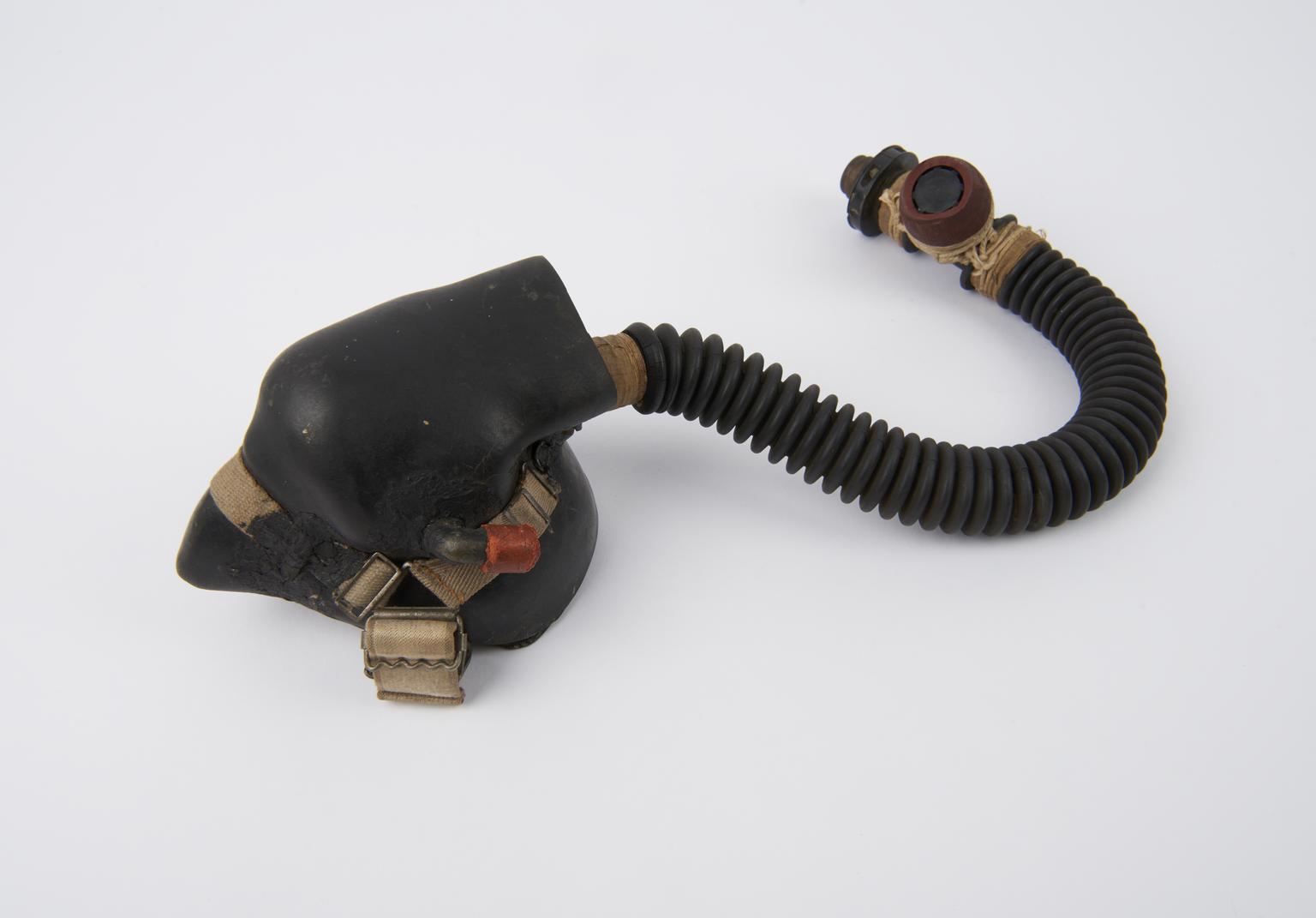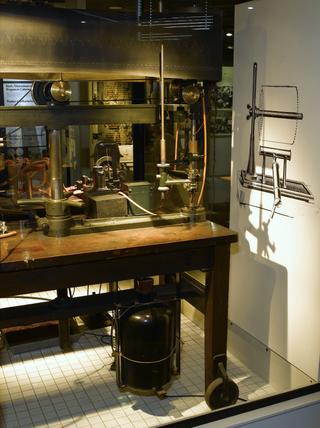Duvet Trousers.
Duvet trousers, down-filled cotton, by Hans Behrmann, Zurich, 1949-1953 part of the physiological apparatus used by Dr. Griffith Pugh during the Everest expedition, 1953
More
What does it take to climb Everest, the world’s tallest mountain? Mount Everest is an incredibly harsh environment. At the summit temperatures can drop as low as -30°C during the summer climbing season and even at the middle camps between 6,000 and 7,000m temperatures in the summer range from -15°C to -5°C. Physiologist Dr Griffith Pugh oversaw much of the specialist clothing and equipment that was supplied for the 1953 Everest expedition. During the Second World War and in the subsequent years there was much scientific research into and improvement of cold weather clothing. The design of these down trousers was inspired by the equipment used by the Swiss expedition to Everest in 1952, which failed to reach the summit but did set a record for the highest climb. Pugh believed that keeping climbers comfortable and warm was essential to maintain their condition and form for the intense work required.
By the 1950s, there had been several attempts to summit Everest and some climbers had got very close, but none had made it. The pioneering research of Dr Griffith Pugh was a key factor in the success of Edmund Hillary and Tenzing Norgay’s climb in 1953. Pugh’s background made him uniquely suited to this work. He was a practising doctor, but also a world class skier. He was selected to represent Great Britain in skiing at the 1936 Winter Olympics, but he was unable to attend due to injury. He also trained soldiers at the School of Mountain Warfare in Lebanon during the Second World War. It was here that Pugh began to research the impact of high altitude and extreme conditions on the body, leading to his work on Everest. Pugh took part in the expedition to Everest in 1953 and the preparatory expedition in the Himalayas in 1952, believing that laboratory research could not accurately recreate the experience of being in these extreme environments. His work established principles about acclimatising to altitude, food and water consumption during climbs, and oxygen usage that continued to be used by climbers for decades.








